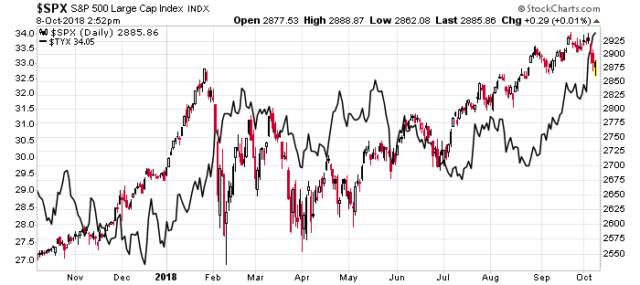As long-time readers here know, I cover Genworth MI (TSX: MIC) exhaustively and in a public format. I do not currently hold shares in Genworth MI. You can also read the prior updates here and the Q2-2018 update here.
This quarter had to have been one of the most unremarkable quarterly reports since I remember covering the company, but this is in a “good” rather than bad sense. Q3-2018 was similar to the previous quarter in loss ratios (14%, which suffice to say is very low), and indeed very similar to the Q3-2017 quarter in almost every respect, other than the extra capital on the balance sheet and the slightly reduced share count (90.0 million to 91.7 million in Q3-2017, fully diluted). There was a very small drop in transactional insurance written, but I would deem this as an immaterial change.
There is a very slight uptick compared to last year in insurance written in Alberta and Quebec compared to BC and Ontario, but this is a very minor amount.
The company bought back $50 million of stock (1.11 million shares) during the quarter. They also raised the dividend (as they have done for each year they have been operating) to 51 cents per share from 47 cents per share quarterly. Book value is around $45/share.
The company also increased its credit facility from $200 million to $300 million, which they have left untapped, but this was because of their upcoming debt maturity (5.68% coupon) in June 2020 of $275 million that will come due. Right now this debt is trading above par and it is quite likely they will be able to refinance it, but they are keeping their options open. I also suspect this credit facility (which expires September 2023) is also used as a safety valve in case if something really bad happens in the Canadian housing market.
Most of the interesting information, however, was during the quarterly conference call. The company was talking about how they were in a position in 2019 to distribute $500 to $700 million in capital, and this may go in a combination of share buybacks or special dividends.
One thing that was unlikely, however, was insurance premium increases (they will mirror whatever CMHC offers).
Right now every single variable is favourable for MIC continuing to mint gold with selling mortgage insurance. The economy is good, the housing market in the segment they are most likely to service (first-time homebuyers) is still in very high demand, unemployment is low, etc, etc. When will the party end? Will it?
